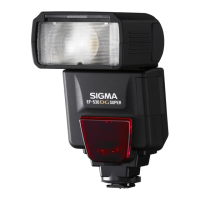
Do you have a question about the Sigma EF-530 DG SUPER EO-TTL II and is the answer not in the manual?
| Flash Modes | TTL, Manual, Multi |
|---|---|
| Zoom Range | 24-105mm |
| TTL Dedication | Canon E-TTL II |
| AF Assist Beam | Yes |
| Wireless Mode | Yes |
| Guide Number | 53m (at ISO 100, 105mm) |
| Power Source | 4 AA batteries |
Avoid electric shock and burns by not disassembling the flash or touching internal parts.
Maintain distance from eyes to prevent damage from bright flash light.
Avoid electric shock by not touching the camera's synchro terminal when flash is attached.
Do not use flash in flammable environments to prevent fire or explosion.
Use only with Canon EOS series cameras to avoid damaging camera circuitry.
Keep flash dry in wet conditions; water damage to components is hard to repair.
Avoid shock, dust, high temperature, and humidity to prevent malfunction or fire.
Acclimate flash slowly to temperature changes to prevent internal condensation.
Do not store flash with insecticides like naphthalene or camphor due to chemical effects.
Clean with a soft, moistened cloth; avoid thinners or Benzene.
Store in a cool, dry, well-ventilated place; periodically charge and fire.
Lists and describes the external physical components of the flash unit.
Identifies and explains the function of each control button on the flash unit.
Details how the flash functions may vary depending on the specific Canon EOS camera model used.
Details compatible battery types (AA Alkaline, Ni-Cad, Ni-MH) and usage recommendations.
Step-by-step instructions for inserting and checking batteries in the flash unit.
Explanation of the automatic power-off feature to conserve battery life.
Describes what the 'Flash Coverage Angle' blinking indicates and how to resolve it.
Instructions for adjusting the flash head angle and troubleshooting incorrect positioning.
Steps for securely attaching and safely removing the flash unit from the camera's hot shoe.
How to adjust the flash coverage angle using the ZOOM button for different lens focal lengths.
Information about the built-in wide panel for 17mm coverage and its function.
How to activate and control the LCD panel illumination.
Explanation of how the ETTL/TTL auto flash mode works with compatible cameras.
Guides for using flash with Shutter Speed Priority (Tv) and Aperture Priority (Av) modes.
Details on setting aperture and shutter speed for manual flash operation.
Information on flash exposure limits to prevent overheating during continuous firing.
Instructions for setting manual flash power levels from 1/1 to 1/128.
How to use second curtain sync for a more natural trailing motion effect in photos.
Enabling faster shutter speeds than normal sync speed with compatible cameras.
How to lock flash exposure settings before taking a picture for consistent results.
Checking lighting and shadow effects before the actual shot.
Adjusting flash output to control background exposure levels.
Taking bracketed flash shots for varying exposures (correct, under, over).
Enabling repeated flash firing for multiple exposures on a single frame.
Using ceilings or walls to soften light and reduce harsh shadows.
Specific guidelines for bounce flash usage in close-up photography.
Using flash units wirelessly for three-dimensional lighting and natural images.
Defining the roles of master and slave units in wireless flash configurations.
Setting communication channels for master and slave units to prevent interference.
Assigning unique IDs to slave units for distinguishing them from the main flash.
Controlling whether the master flash unit fires or only controls slave units.
Automatic exposure calculation for wireless ETTL autoflash.
Setting flash output ratios between two slave units for balanced lighting.
Setting flash ratios for up to three slave units and compensation for others.
Applying High-Speed Sync functionality in a wireless flash setup.
Adjusting exposure compensation for individual slave units or the entire wireless setup.
Locking flash exposure settings for wireless flash setups.
Performing exposure bracketing with wireless flash units.
Switching between ETTL, Manual, or Multi modes for wireless flash.
Manually setting slave unit flash output for uniform or varied lighting.
Setting firing frequency and flash count for wireless multi-flash bursts.
Using the flash as a slave unit triggered by the camera's built-in or another flash.
Configuring slave units for firing using channel settings and output control.
Configuring the master unit to control slave units via channel and output settings.
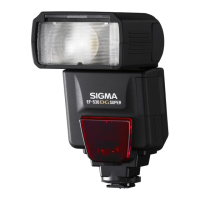

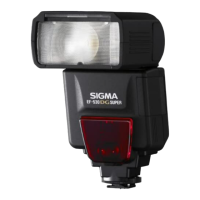
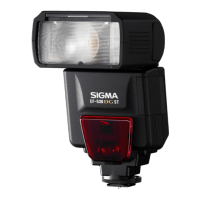
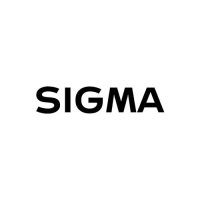
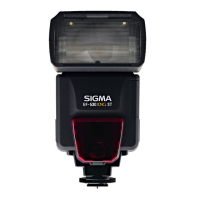
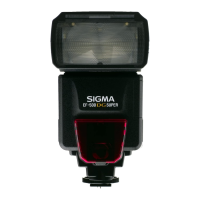
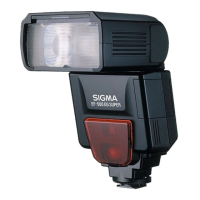


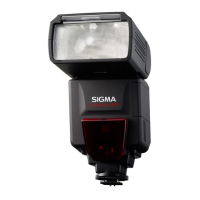
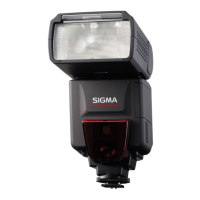
